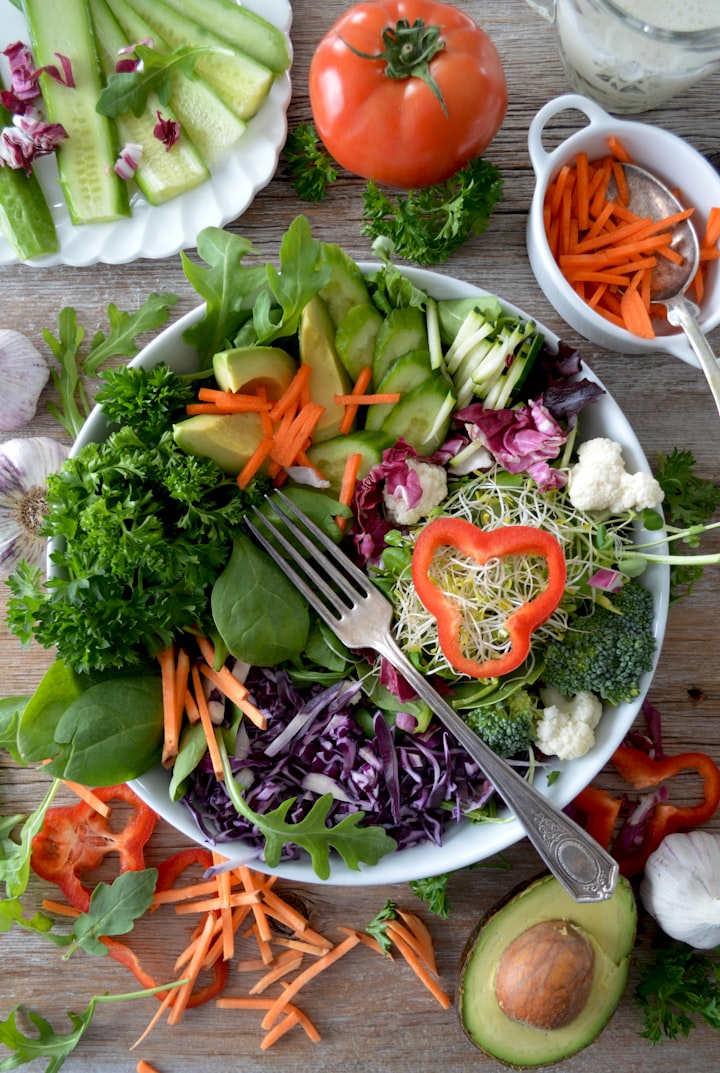"Fueling Success: Unleashing the Power of the Ultimate Keto Meal!"
How to do weight loss with keto meal?

Introduction:
The ketogenic diet has gained immense popularity in recent years for its ability to promote weight loss, boost energy levels, and enhance mental clarity. The core principle of the keto diet revolves around consuming high-fat, moderate-protein, and low-carbohydrate foods, forcing the body to switch its primary fuel source from carbohydrates to fats. Creating the ultimate keto meal requires careful planning and consideration of the right food choices to achieve and maintain a state of ketosis. In this article, we will guide you through the components of a well-balanced and delicious keto meal that will keep you on track with your health and weight loss goals.

The Importance of Healthy Fats:
Fats are the cornerstone of a successful keto meal. Healthy fats provide the necessary energy and satiety to keep you feeling full and satisfied for longer periods. Incorporate sources of healthy fats such as avocados, extra virgin olive oil, coconut oil, grass-fed butter, nuts, and seeds into your meals. These fats not only support ketosis but also offer numerous health benefits, including improved heart health and reduced inflammation.
While protein is a crucial part of a keto diet, it's essential to avoid excessive consumption as it can be converted into glucose through a process called gluconeogenesis, potentially hindering ketosis. Choose high-quality protein sources such as grass-fed beef, free-range poultry, wild-caught fish, and organic eggs. Be mindful of portion sizes and aim for moderate protein intake to support muscle health and maintenance.

Non-Starchy Vegetables:
Non-starchy vegetables are low in carbohydrates and packed with essential vitamins, minerals, and fiber. They play a vital role in providing micronutrients that are often lacking in high-fat foods. Dark leafy greens, broccoli, cauliflower, zucchini, bell peppers, and asparagus are excellent options to incorporate into your keto meals. These veggies add volume and color to your plate without jeopardizing ketosis.

Low-Carb Fruits (in moderation):
While most fruits are relatively high in natural sugars, some can be consumed in moderation on a keto diet. Berries such as strawberries, raspberries, and blackberries are lower in carbohydrates compared to tropical fruits like bananas or pineapples. Enjoy these fruits as occasional treats to satisfy your sweet cravings without causing a significant insulin spike.

Avoiding Hidden Carbohydrates:
Many processed foods and sauces contain hidden sugars and carbohydrates that can quickly derail your ketogenic efforts. Carefully read labels and opt for homemade sauces and dressings using keto-friendly ingredients like olive oil, herbs, and spices. Steer clear of sugary beverages, fruit juices, and alcohol with high sugar content.

Hydration and Electrolyte Balance:
Keto dieters often experience increased water loss due to reduced insulin levels. Stay hydrated by drinking plenty of water throughout the day. Additionally, maintain electrolyte balance by consuming foods rich in potassium, magnesium, and sodium, such as avocados, nuts, and leafy greens.

click here for ultimate keto meal
Intermittent Fasting and Keto Synergy:
Integrating intermittent fasting with the ketogenic diet can amplify its benefits and accelerate weight loss. Intermittent fasting involves cycling between periods of eating and fasting, allowing the body to tap into stored fat for energy during the fasting period. Combining intermittent fasting with the keto diet promotes deeper ketosis and enhances metabolic flexibility.
There are several popular methods of intermittent fasting, such as the 16/8 method (fasting for 16 hours and eating during an 8-hour window) or the 5:2 method (eating normally for 5 days and consuming very few calories on 2 non-consecutive days). This synergy between intermittent fasting and keto can lead to improved insulin sensitivity, increased autophagy (cellular repair process), and greater fat burning potential.
However, it's essential to approach intermittent fasting with caution, especially if you're new to the practice or have underlying health conditions. It's recommended to consult with a healthcare professional or a registered dietitian to ensure that intermittent fasting is appropriate for your individual needs and goals.
By incorporating intermittent fasting into your ultimate keto plan, you can harness the power of both approaches to achieve remarkable results in terms of weight loss, overall health, and mental clarity. Remember that consistency, balance, and personalized adjustments are key to making this combination work effectively for you.
Conclusion:
Designing the ultimate keto meal involves a delicate balance of healthy fats, moderate protein, and minimal carbohydrates. Prioritize nutrient-dense foods that support ketosis and overall well-being. Remember that the keto diet may not be suitable for everyone, so it's essential to consult with a healthcare professional before embarking on any significant dietary changes. With careful planning and a focus on wholesome ingredients, the ultimate keto meal can be a satisfying and sustainable way to achieve optimal health and weight loss.





Comments
There are no comments for this story
Be the first to respond and start the conversation.